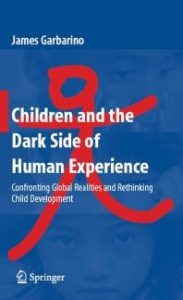
The Li Lu Library's grand opening party on September 28th was a huge success!
The Health Sciences Library planned the event which attracted over 350 students, staff, and faculty members. Health Sciences Library staff answered questions and provided information on library services. Library vendors in attendance included the Network of the National Library of Medicine (NNLM), EBSCO, McGraw Hill, the Odegaard Writing + Research Center (OWRC) and Harborview's EthnoMed program, who connected with students to share and educate about their resources.
Dubs himself made an appearance for photos, drawing a large crowd who were able to learn about the Li Lu Library and library resources. Attendees stopped by for cookies, giveaways, photos with Dubs, and to chat with our librarians and vendor partners.
The Li Lu Library space will be a collaborative space for students in all health sciences programs to learn and study together.
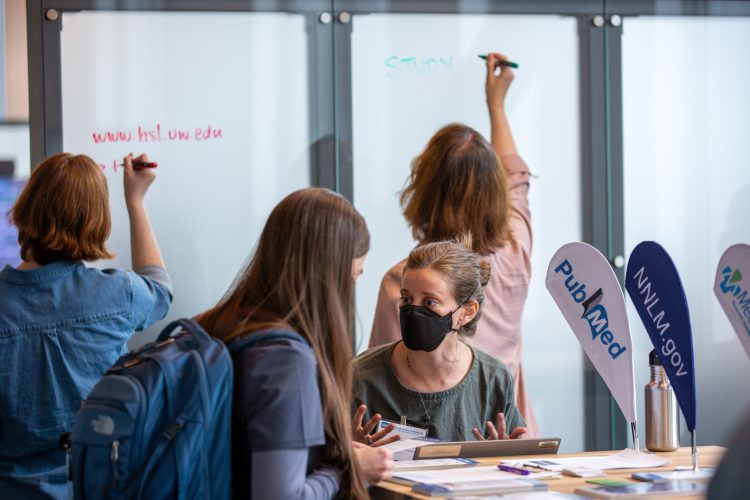
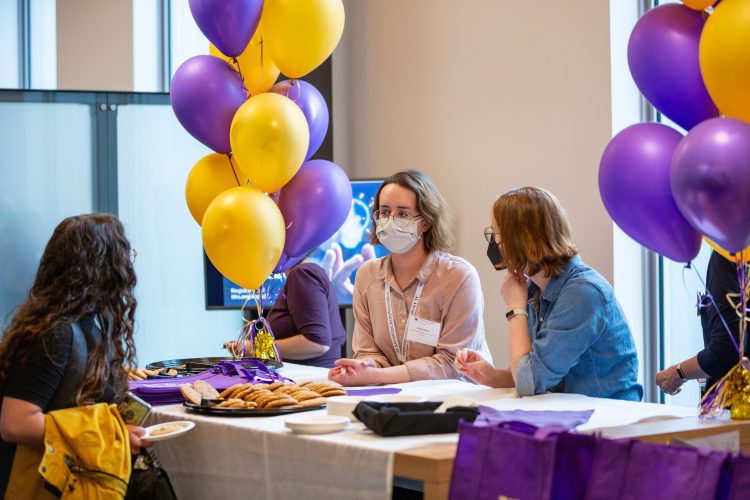




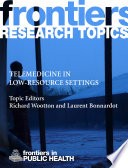

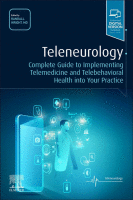
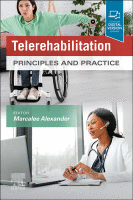

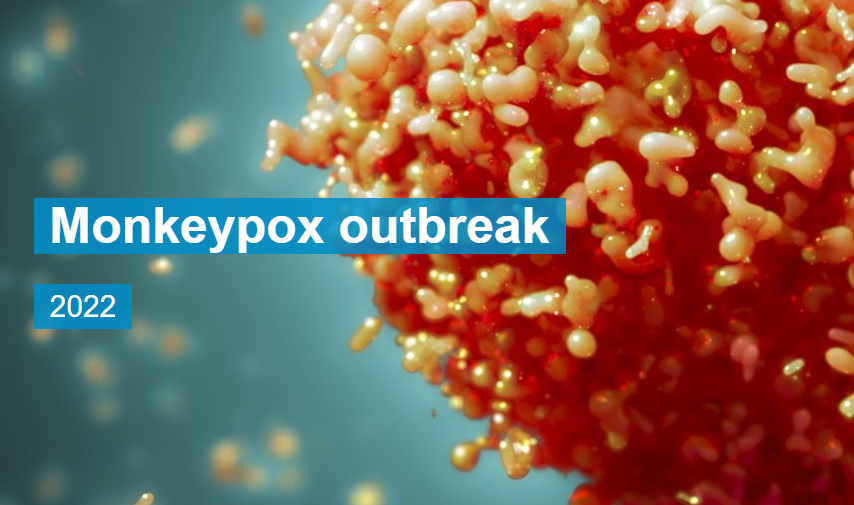
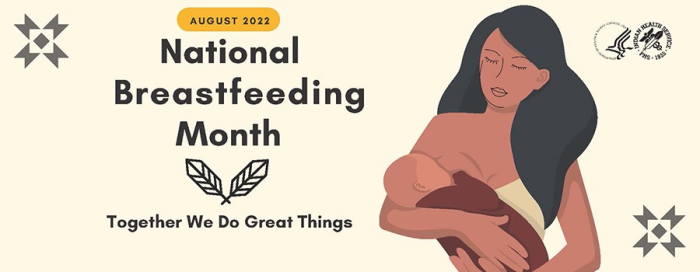

 Forever Loved: Exposing the Hidden Crisis of Missing and Murdered Indigenous Women and Girls in Canada
Forever Loved: Exposing the Hidden Crisis of Missing and Murdered Indigenous Women and Girls in Canada Microsoft Feature Stories:
Microsoft Feature Stories: 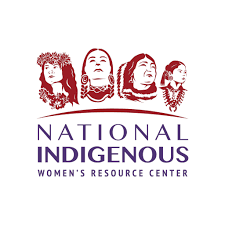



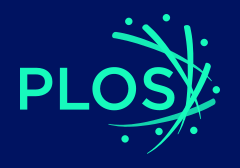



 Environmental Gerontology Making Meaningful Places in Old Age
Environmental Gerontology Making Meaningful Places in Old Age Elder Abuse
Elder Abuse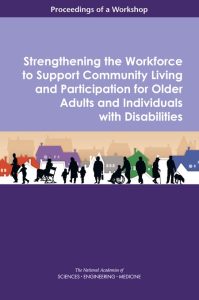 Strengthening the Workforce to Support Community Living and Participation for Older Adults and Individuals with Disabilities: Proceedings of a Workshop
Strengthening the Workforce to Support Community Living and Participation for Older Adults and Individuals with Disabilities: Proceedings of a Workshop Frye Art Museum’s Creative Aging Programs present both in-person and online art-centered activities for older adults such as Alzheimer’s Café at UW Memory and Brain Wellness Center’s
Frye Art Museum’s Creative Aging Programs present both in-person and online art-centered activities for older adults such as Alzheimer’s Café at UW Memory and Brain Wellness Center’s 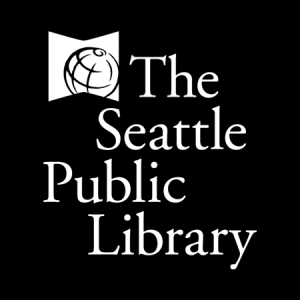 Seattle Public Library’s
Seattle Public Library’s  Aging and Disability Services
Aging and Disability Services Read online article:
Read online article: 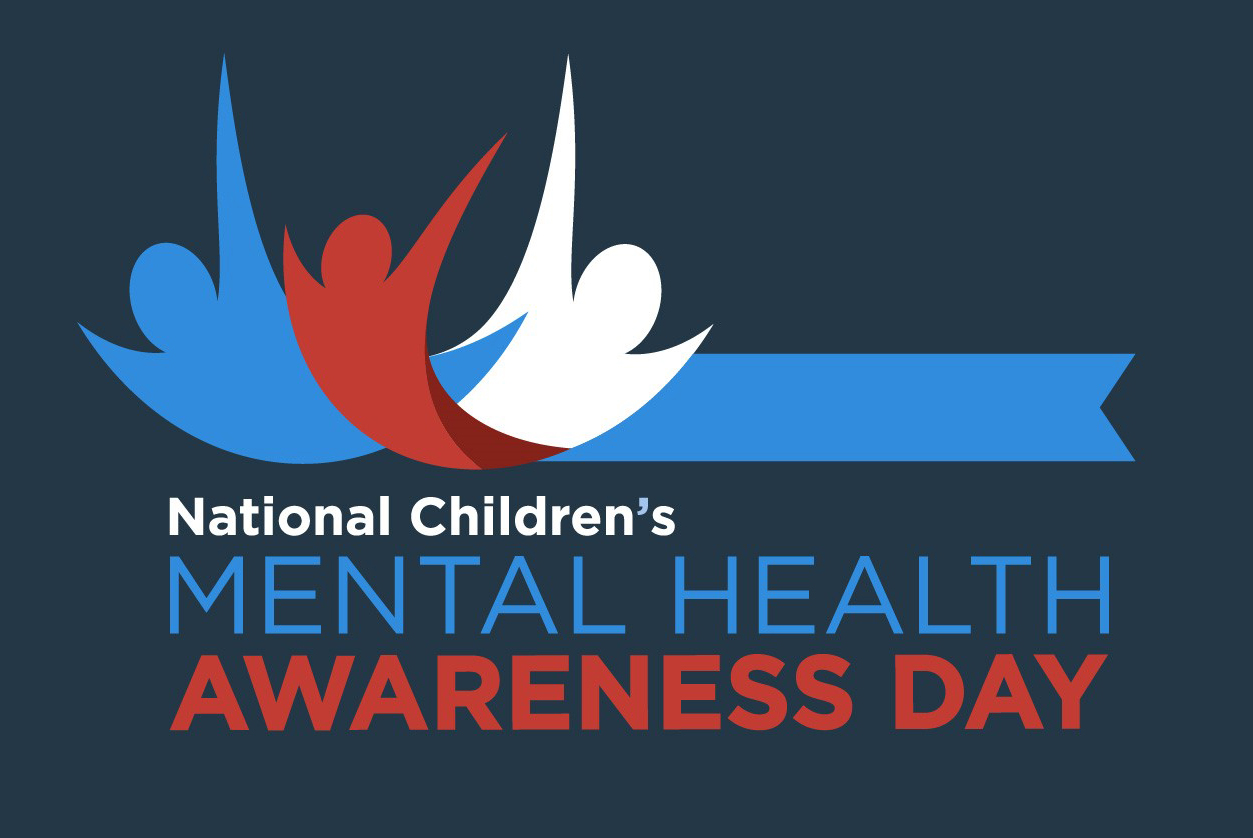
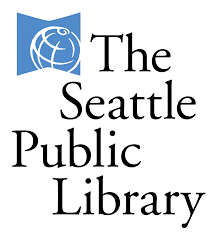
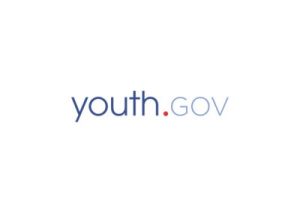

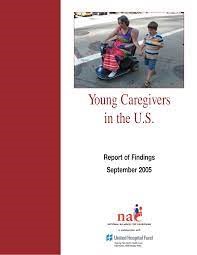
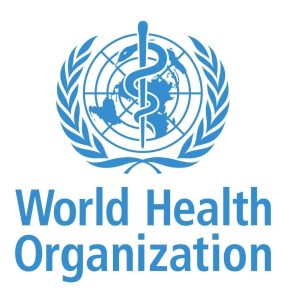
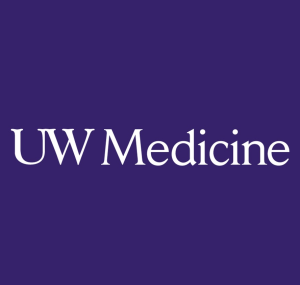 Pediatric Health Library –
Pediatric Health Library – 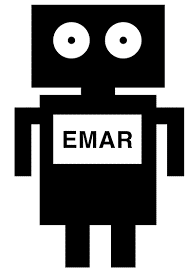 Read about UW’s
Read about UW’s 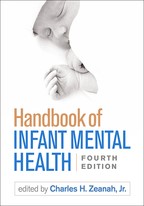

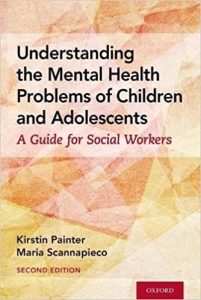

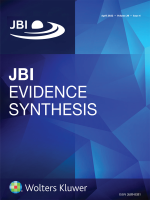 Journal article:
Journal article: 